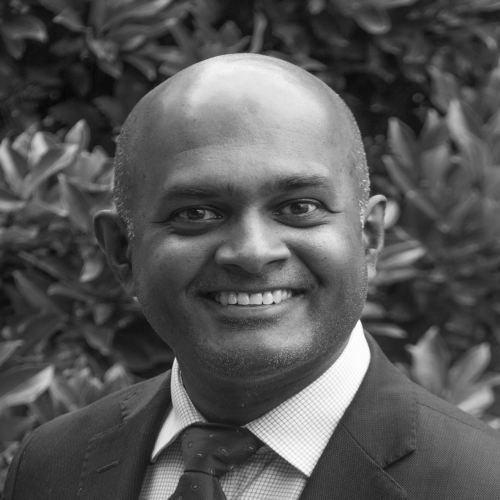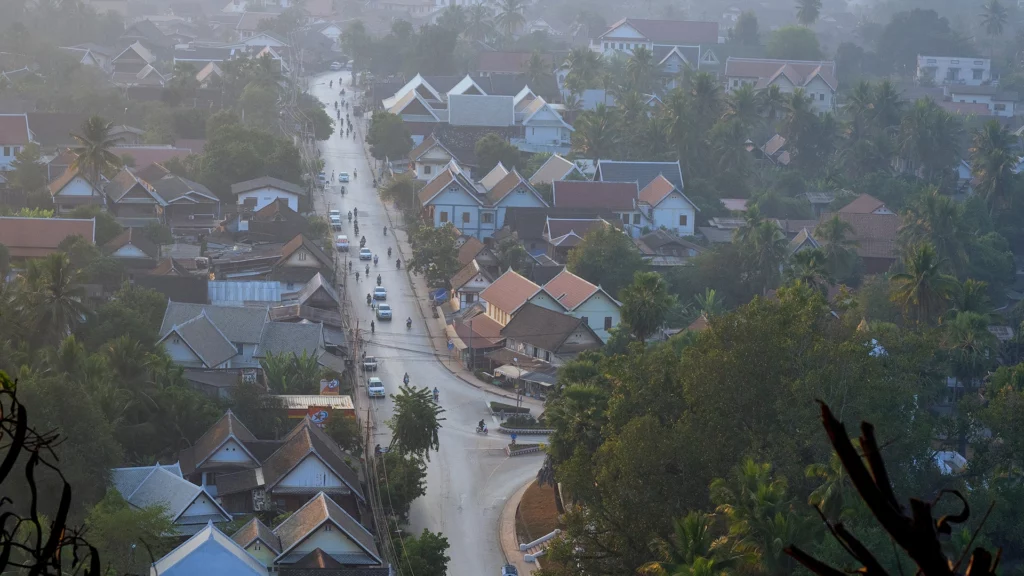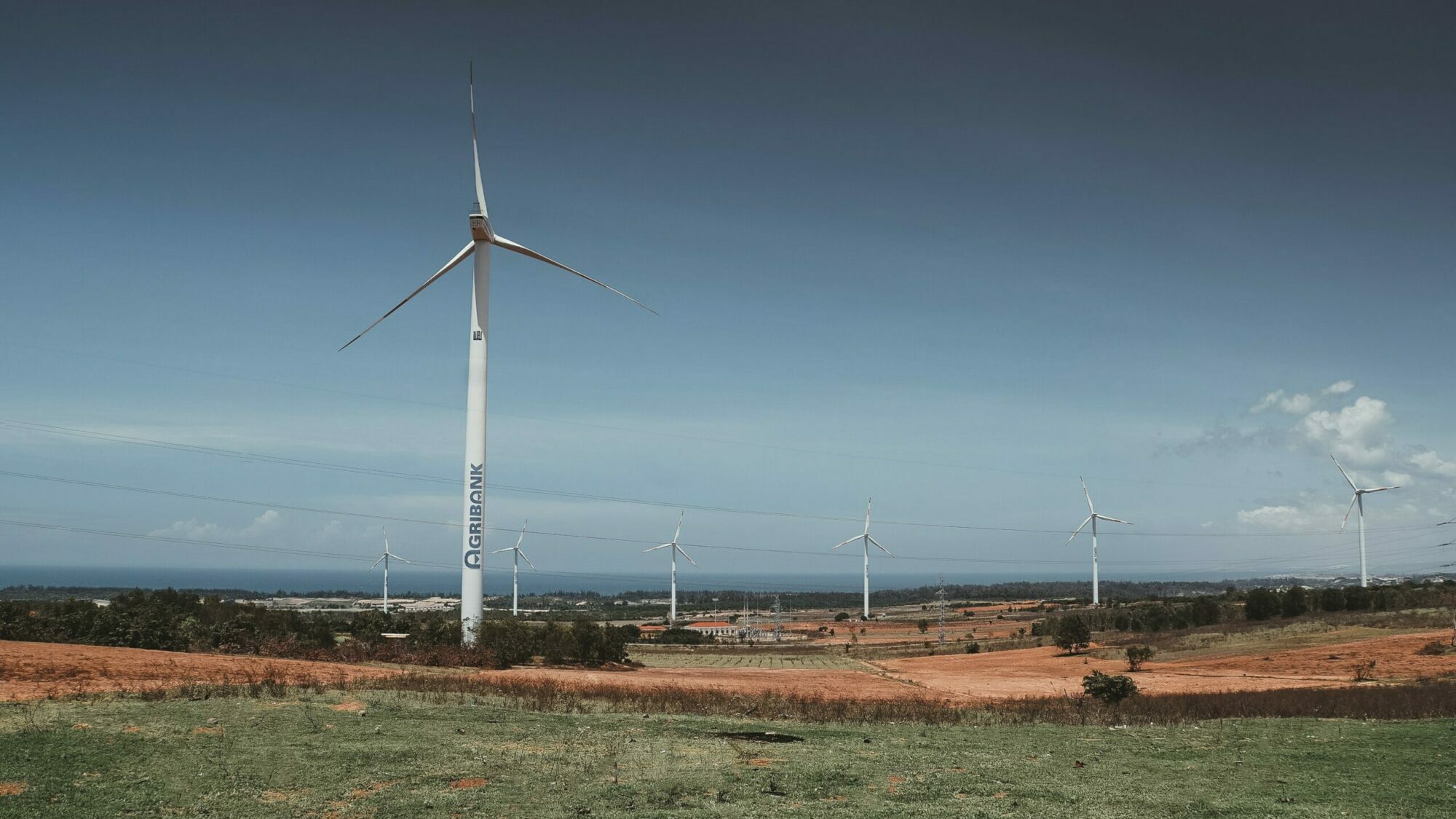


Bicycle by the river in Hanoi, by Danura Miriyagalla during a recent trip to Vietnam, November 2023
Following a recent trip to Vietnam, Danura Miriyagalla, Regional Director for Tetra Tech International Development Asia shares insights about the country’s evolution; from a vulnerable past to a dynamic hub of growth and innovation.
A longstanding desire to prosper
The first time I visited Vietnam – more than twenty years ago – Hanoi, its capital, felt vulnerable. Even then, however, I felt its palpable desire to build a stronger and more prosperous society. The country’s fortune had already started changing.
Charting a path paved on self-belief
Now, Vietnam is openly championing its own destiny rather than following in the pathways of others who rose up before it. Vietnam’s prosperity is not only being built on the self-belief that it can continue to heal the scars of a difficult past but on the firm post-war realisation that it can be more than just a shadow of the great powers that always seem to court it.
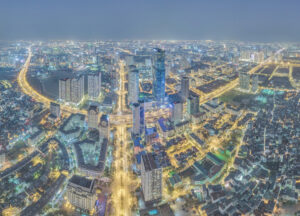
Hanoi, Vietnam’s capital city, is rich in history but forward-looking, image credit: iStock
The complexity of how things get done in Vietnam is precisely the reason why it can chart its own course. If things were more straightforward, it would attract a more superficial modernity, rather than maintaining the deeper meaning of becoming a powerhouse economy. There is real ambition here. I believe there are seven core spokes to Vietnam’s ambition and development wheel of fortune.
1. There remains inequality but the country has three growth hubs rather than a primary region/city. The personality of each region – north, centre and south – is creating a diversity of opportunity and enterprise.
Southern, Central and Northern Vietnam are its three main growth hubs
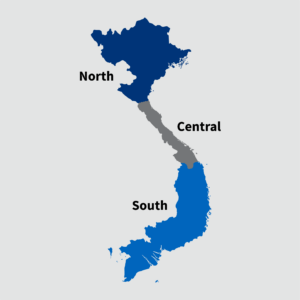
They comprise Vietnam’s three main historical, geographical and cultural regions.
2. The society does not hide its views on what works and what doesn’t. It does not just accept what is felt to be the right model for development. Rather, it is adopting an adaptive model despite numerous external constraints and perspectives.
3. The big hand of government is visible and influential. The government is not complacent and there is a search for innovation and strong policy making and implementation.
4. Numerous free trade agreements mean that it is one of the most open countries in the world – a key prerequisite to attract investment, ideas and talent.
5. Skills development of women and youth has been prioritised in a way that has created greater participation and demand for their work.
6. Commitment to climate change means that it is ahead of the game in terms of the global green transition.
7. It is embracing technology in an inter-sectoral manner rather than in a siloed one. To Vietnam, the digital transition is seen as an enabler rather than an end in itself.
Key questions remain, however. How strong are these spokes? Will the weight of ambition and development slow down the wheel or will it spin faster, stronger? Time will tell.
Read more about Vietnam:
- Vietnam’s International Free Trade Agreements
- Viet Nam is among few countries demonstrating gender parity in digital skills and the use of internet
- Vietnam’s $135 billion power plan for 2030
- Vietnam aims to achieve dual target in digital transformation: PM
Read about Future Economies services at Tetra Tech International Development.
